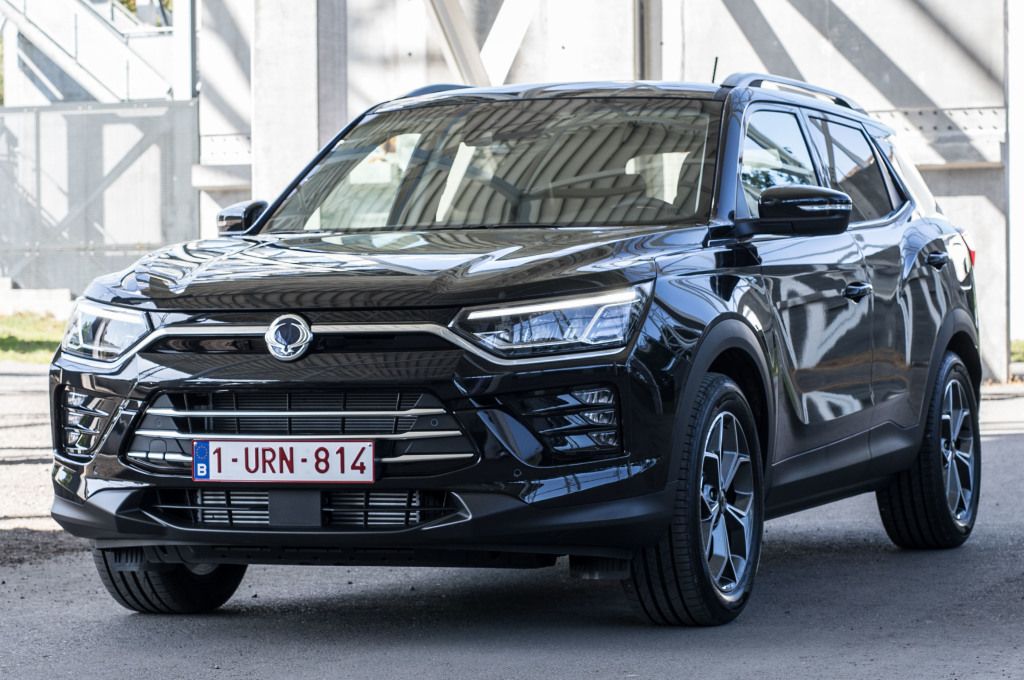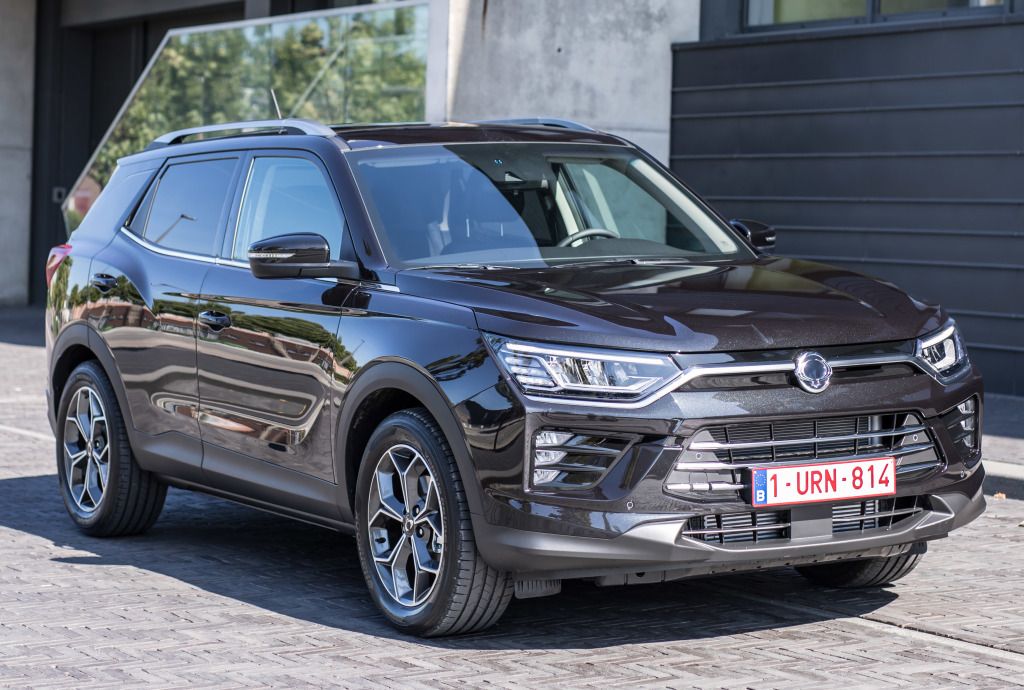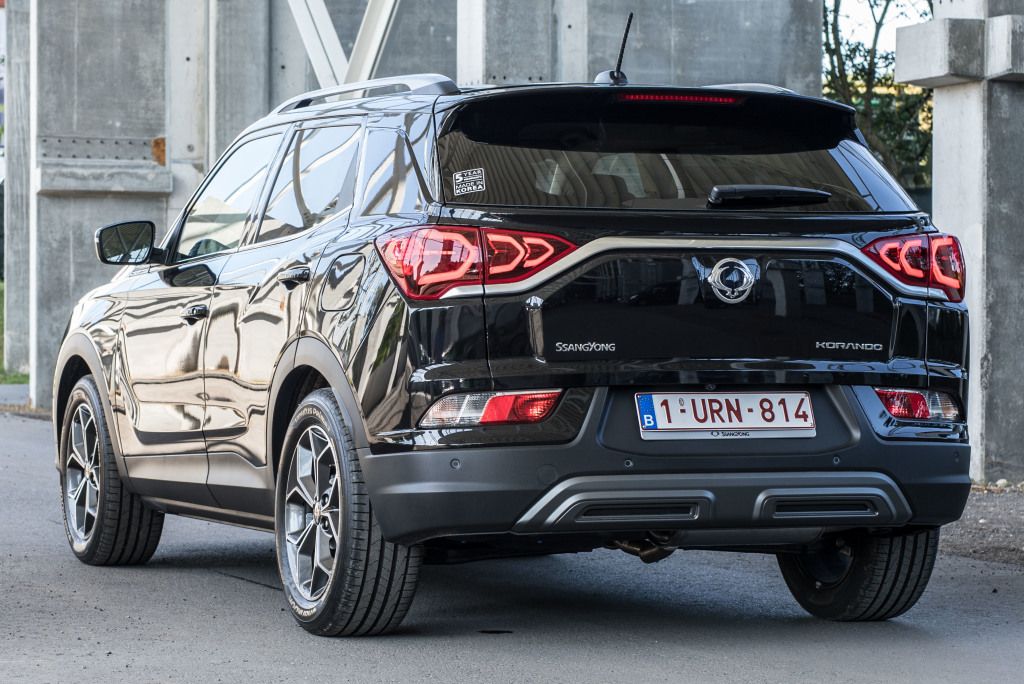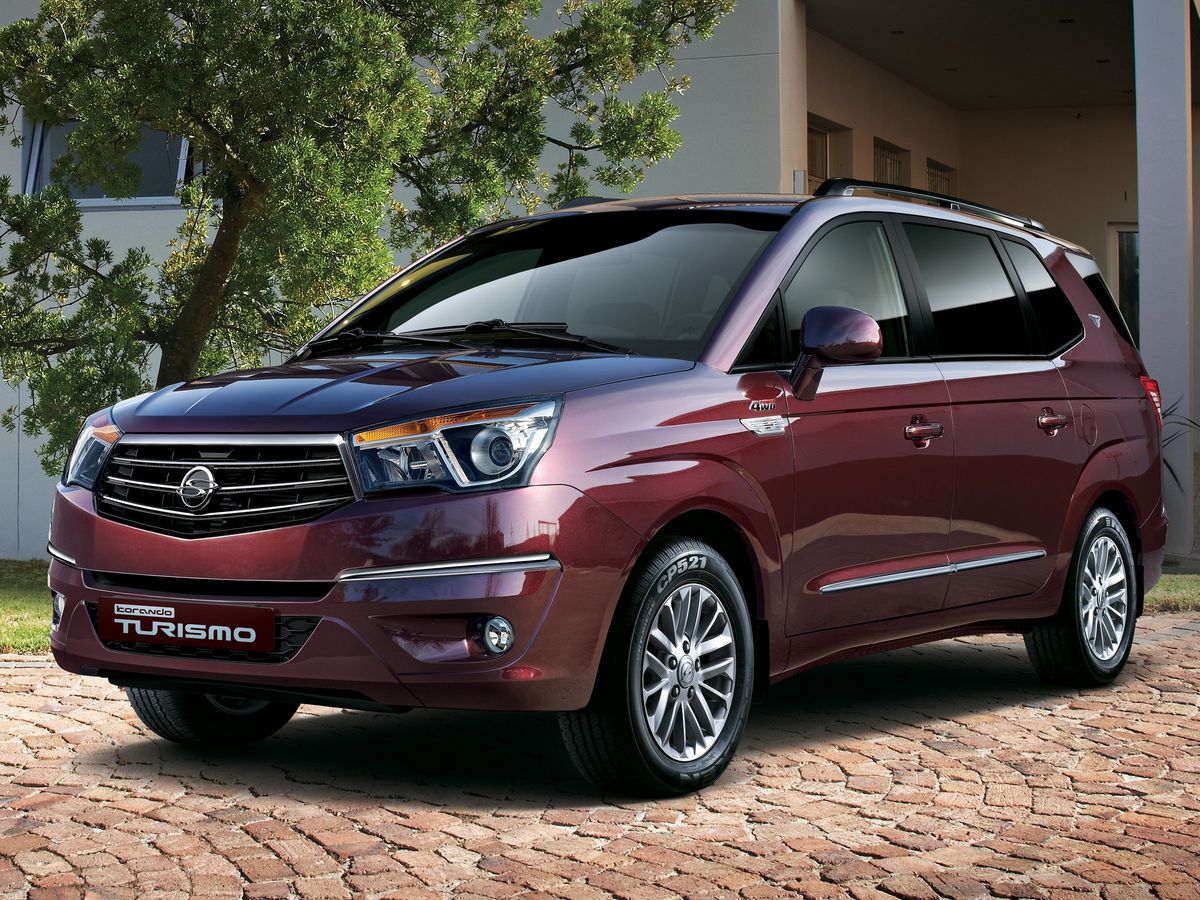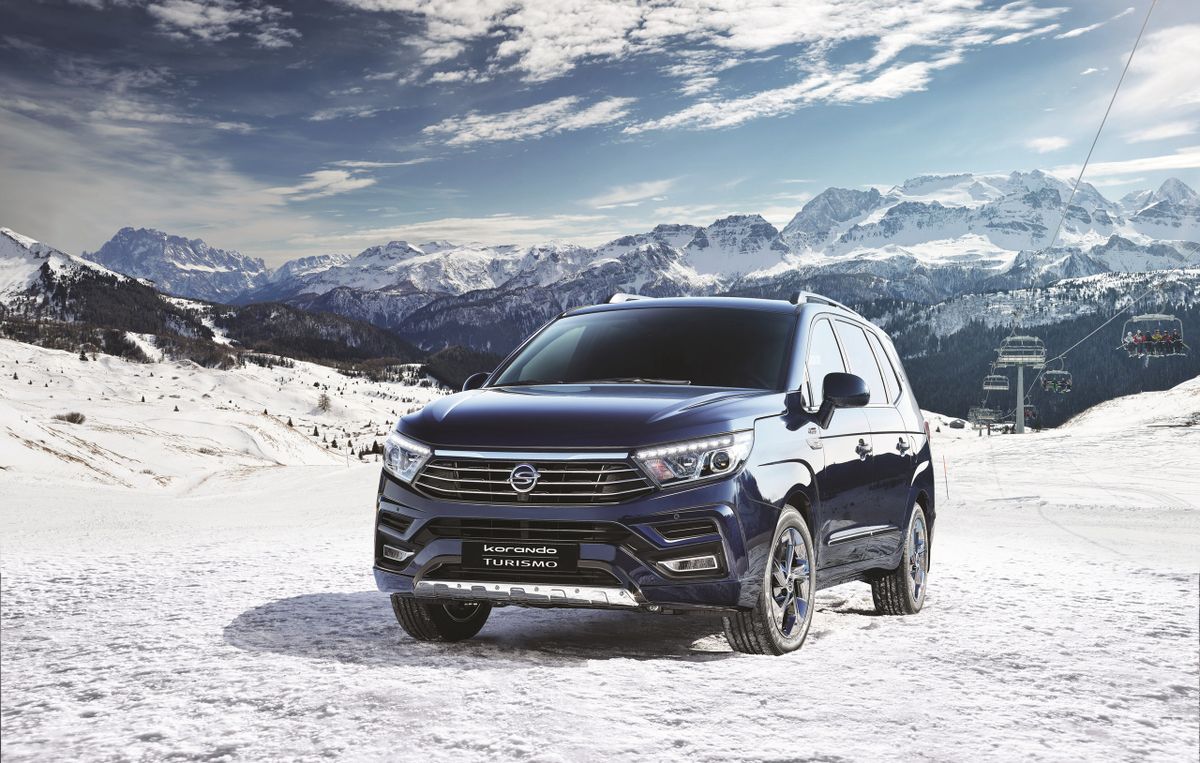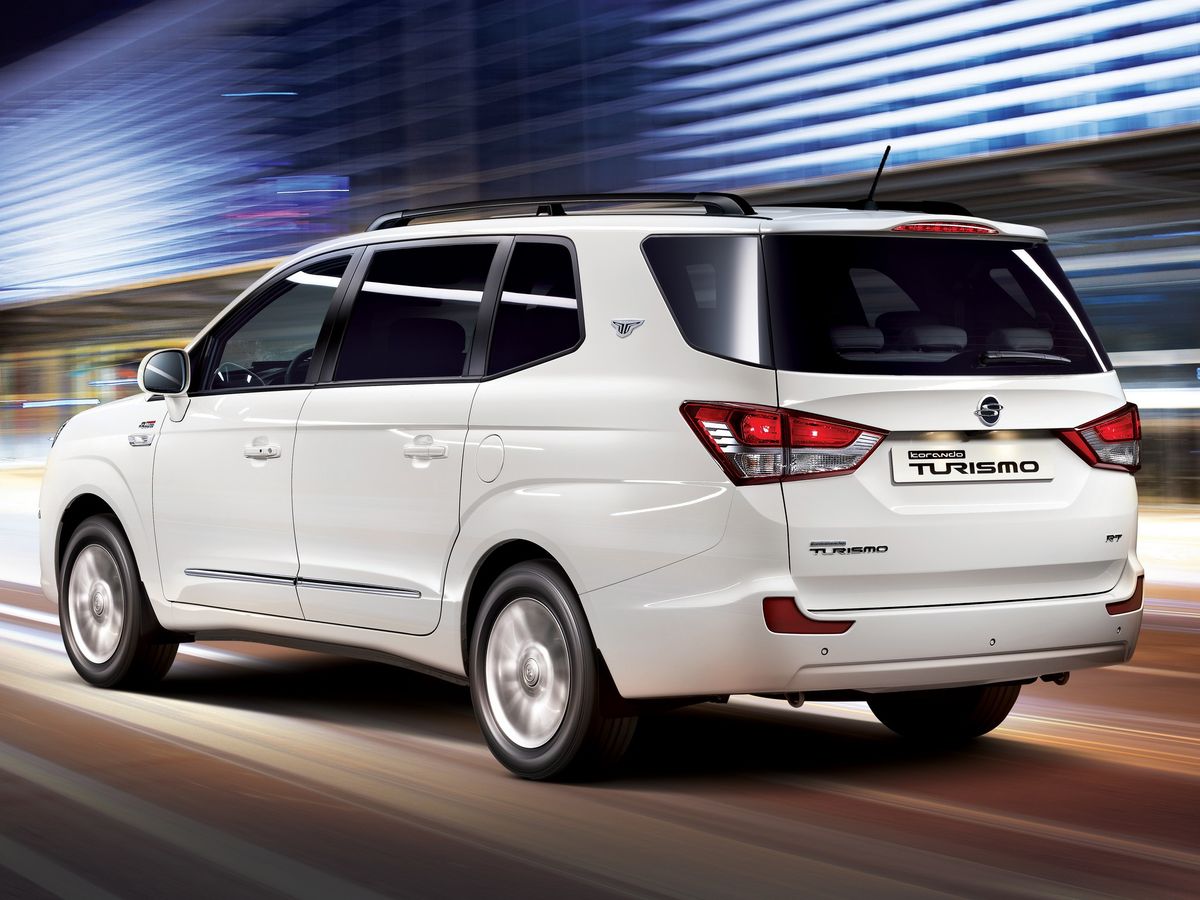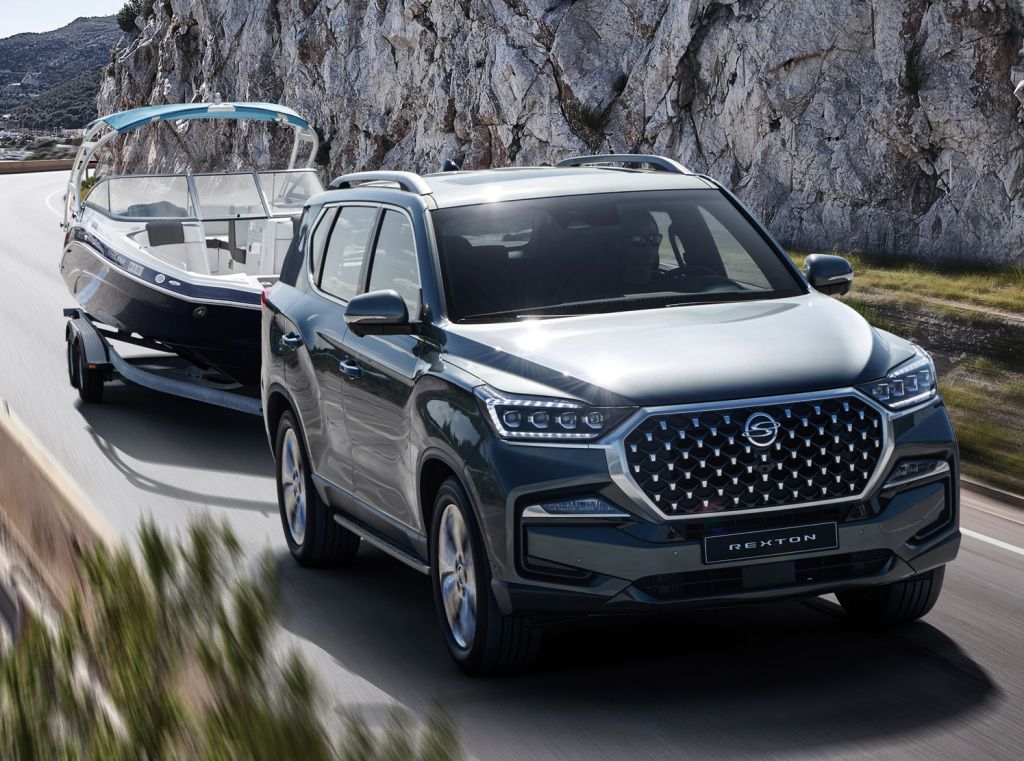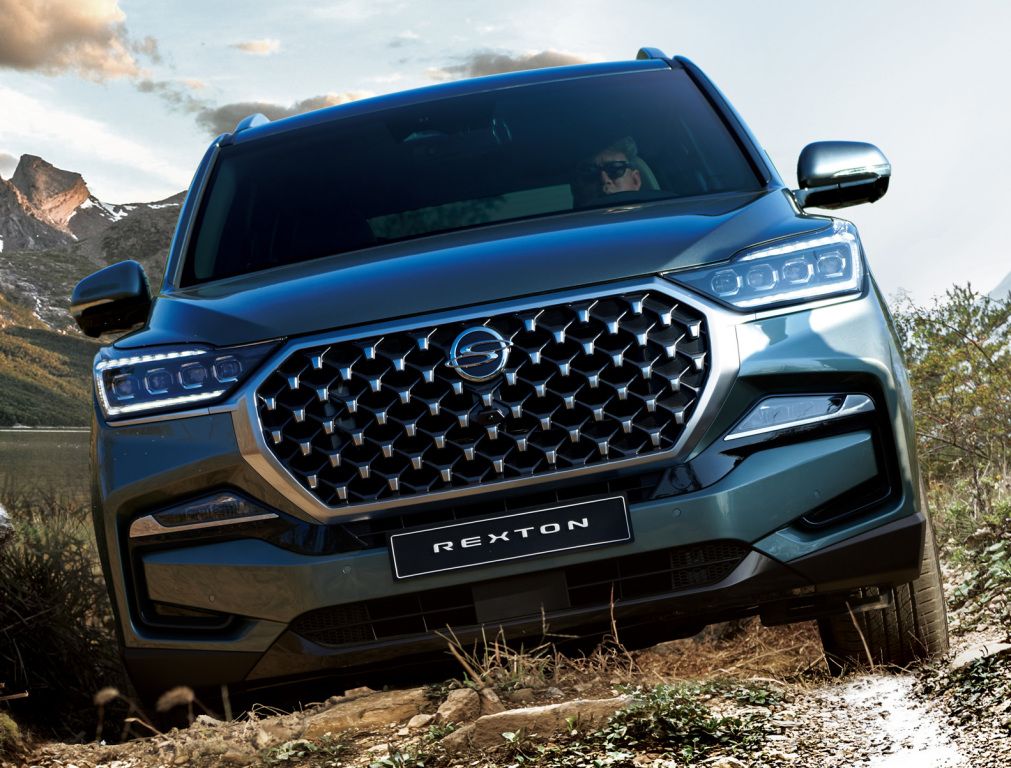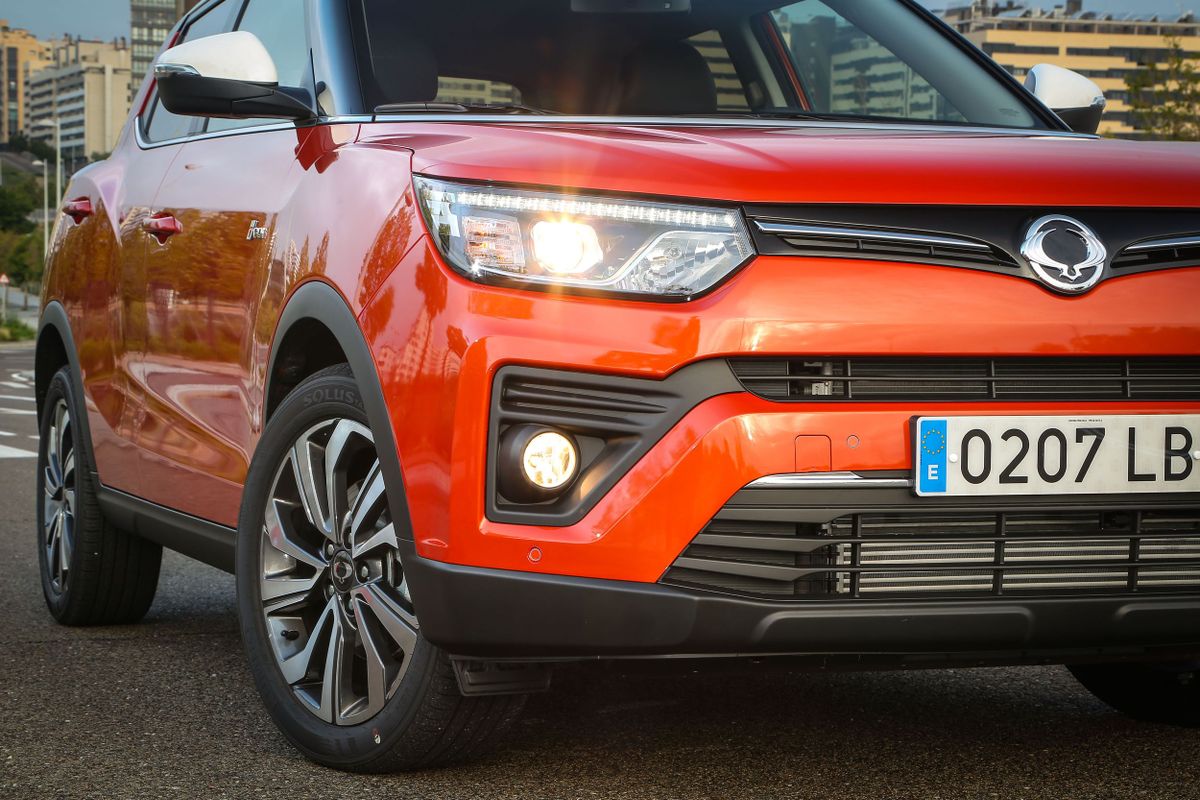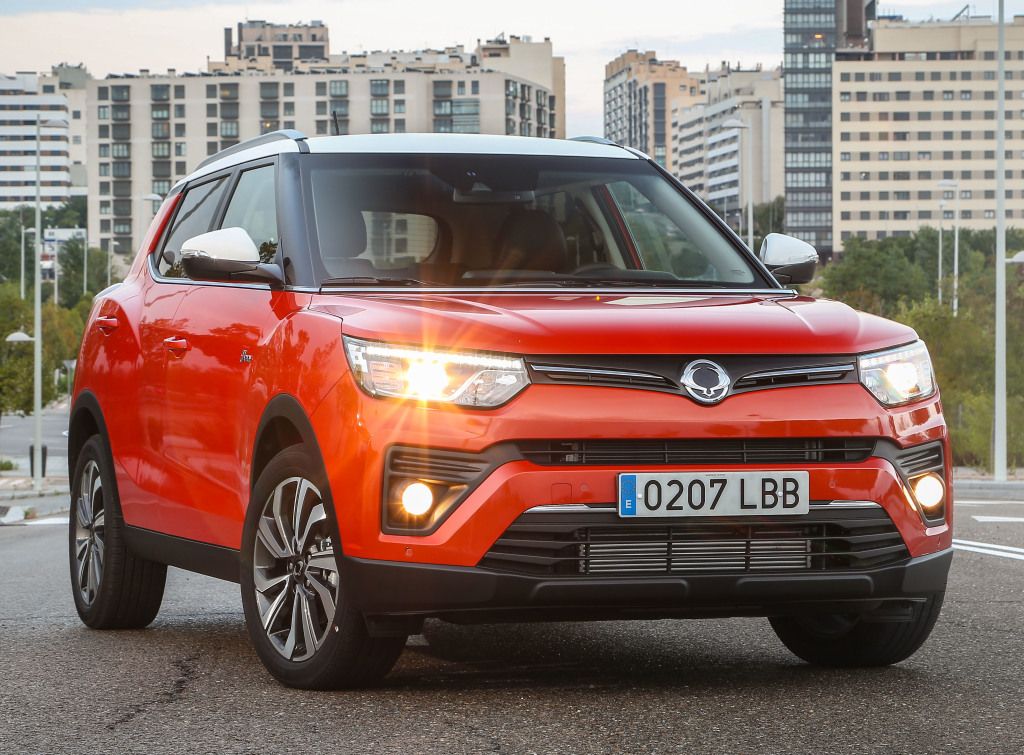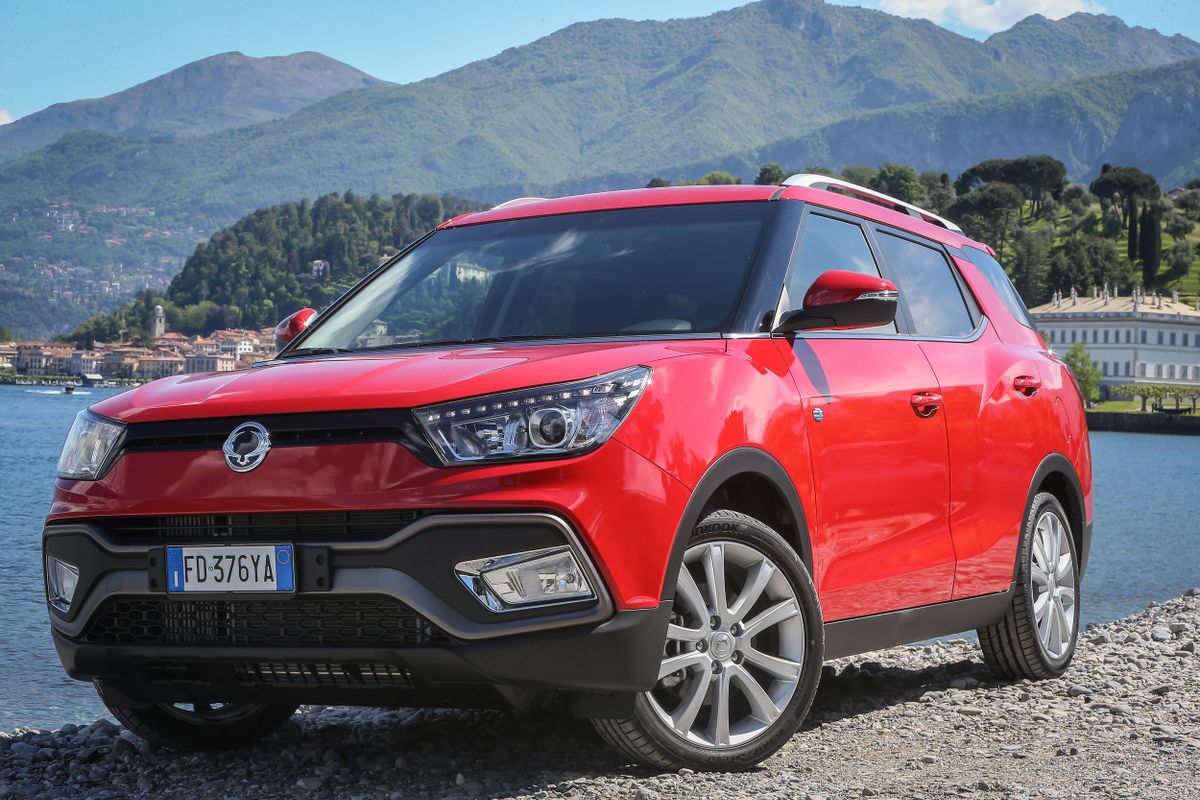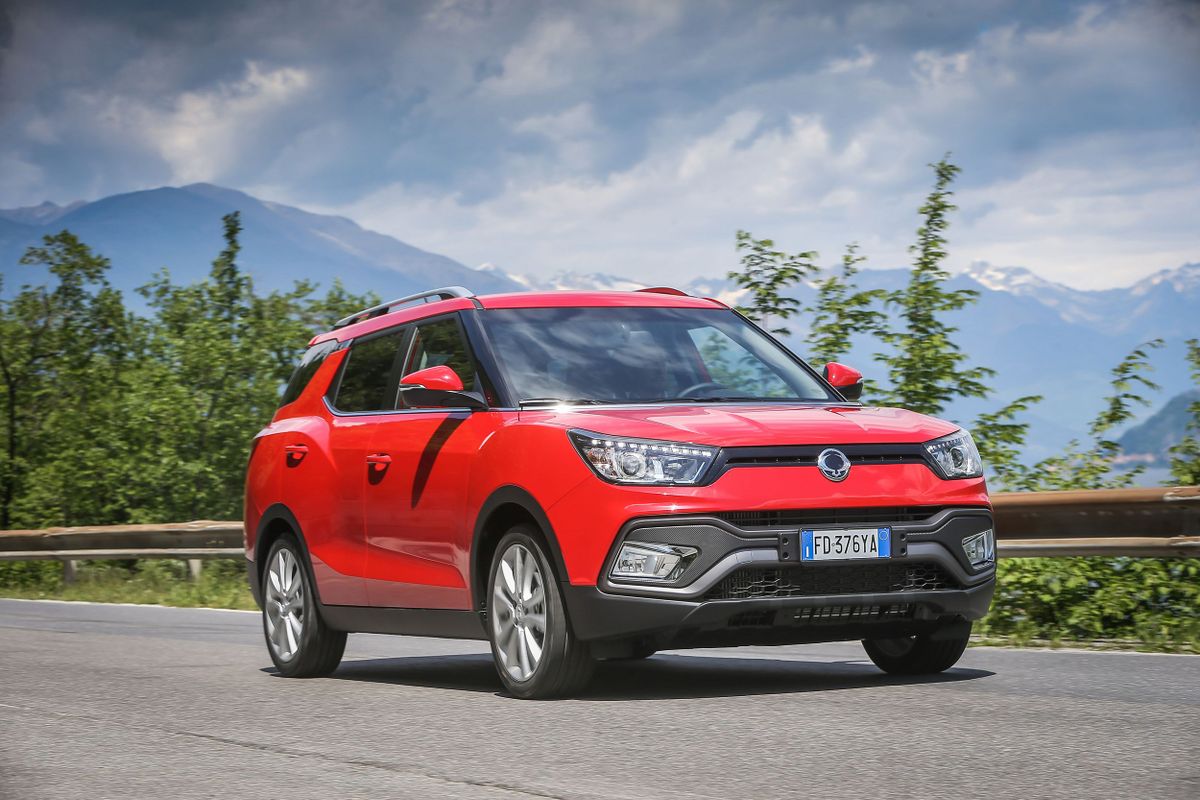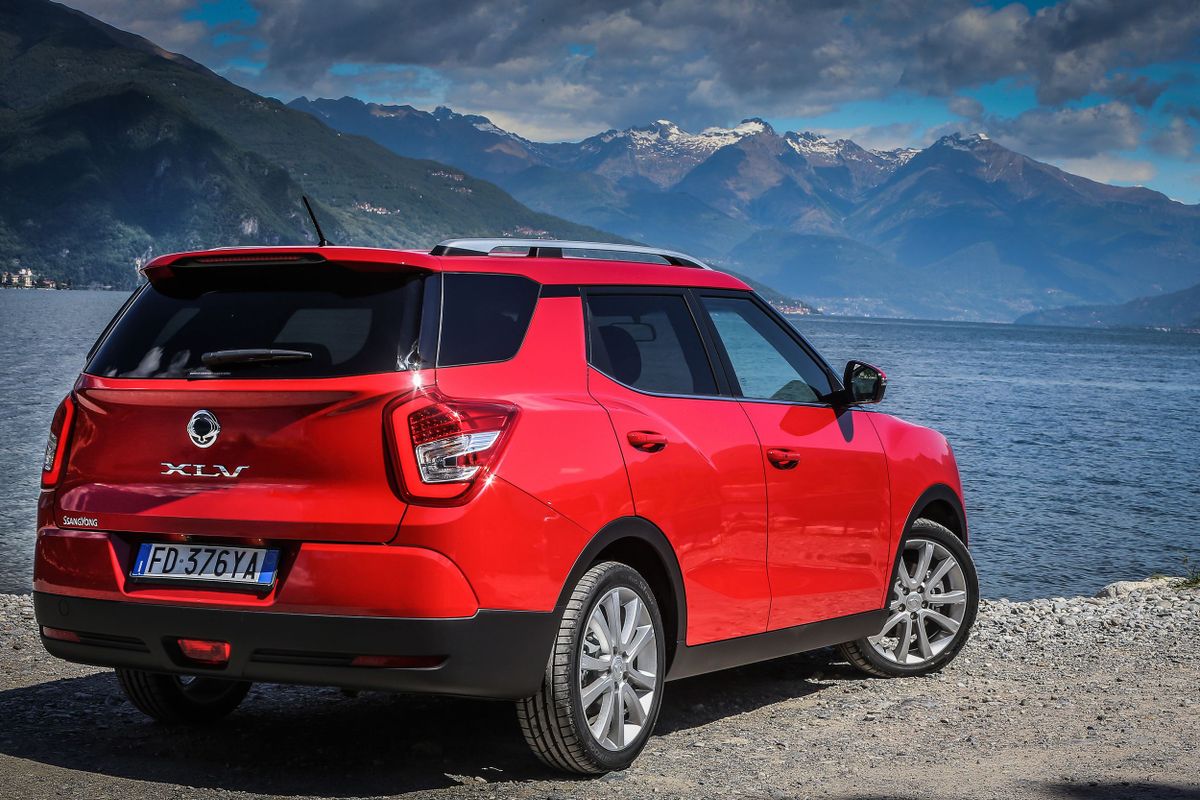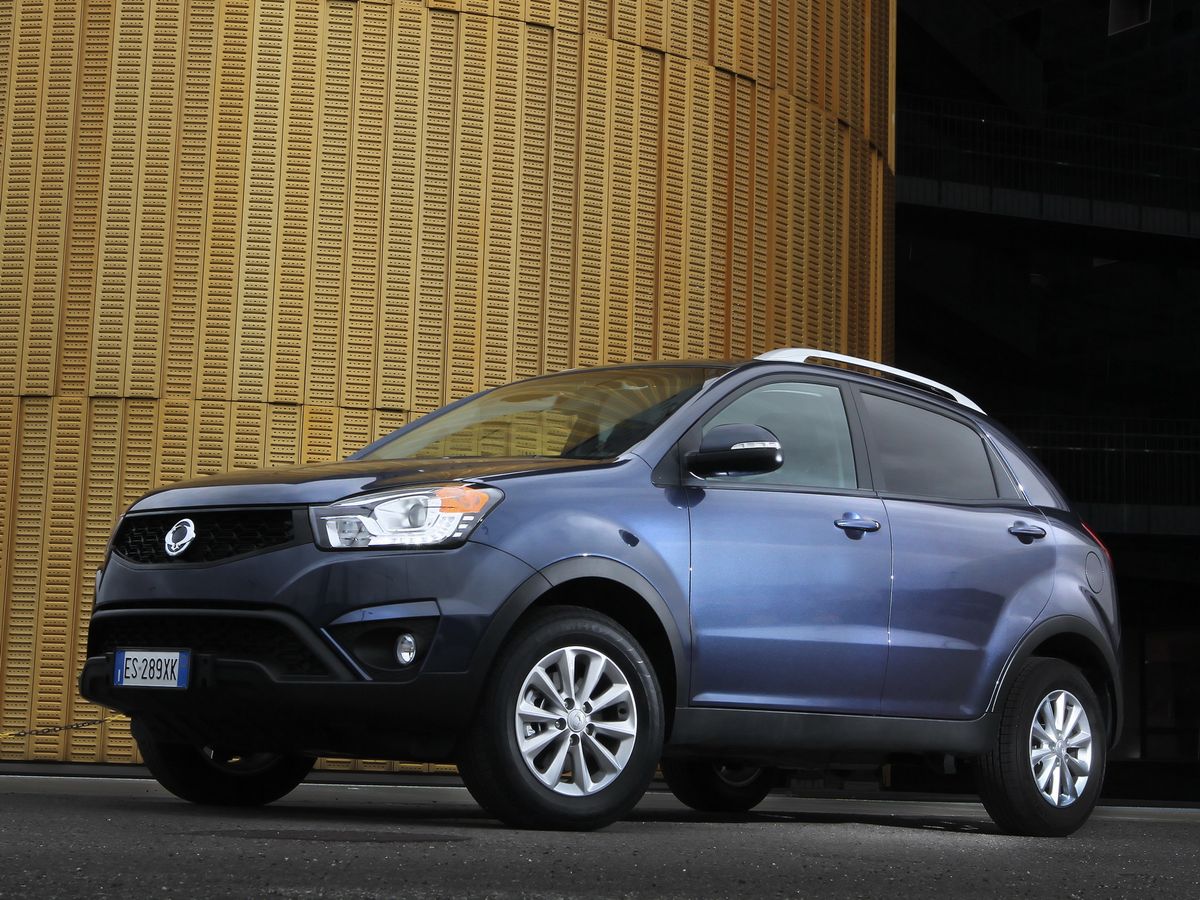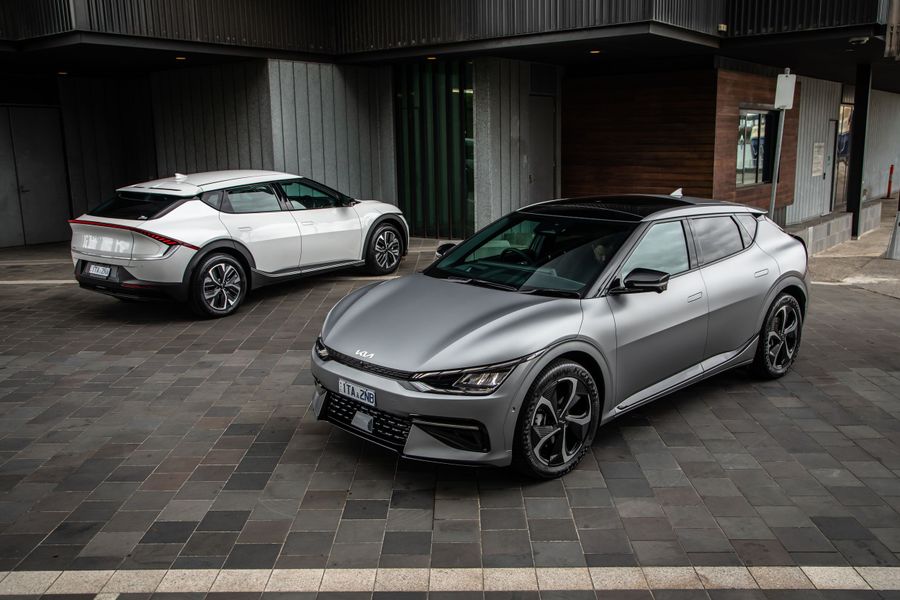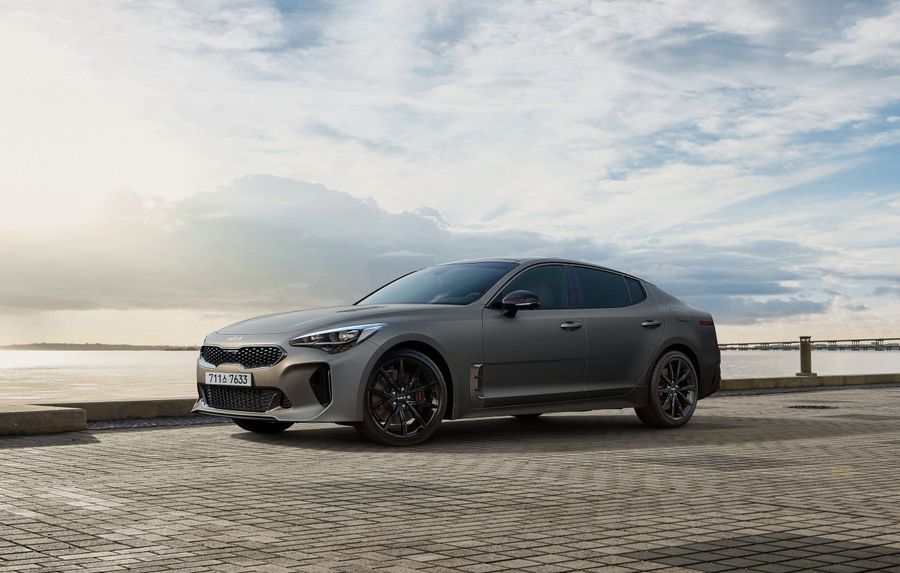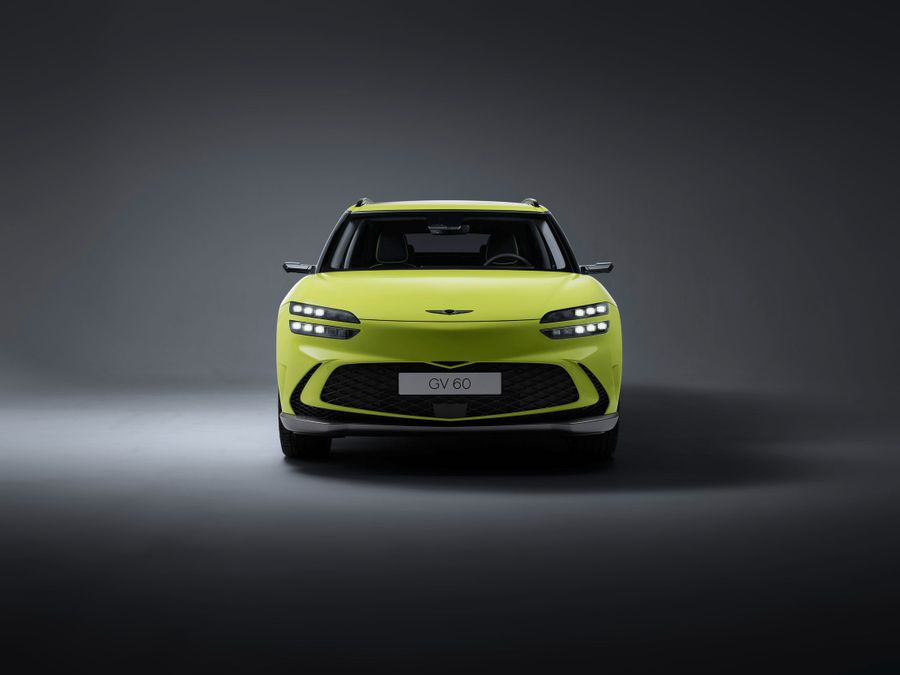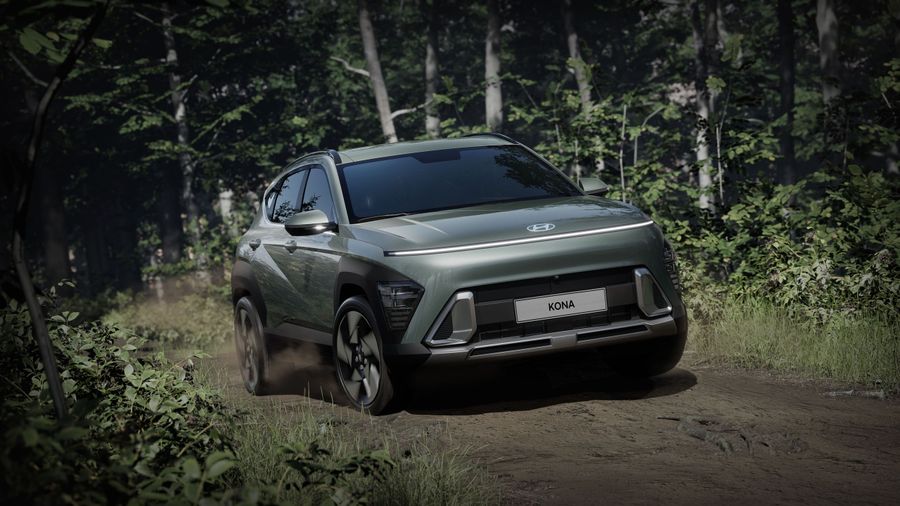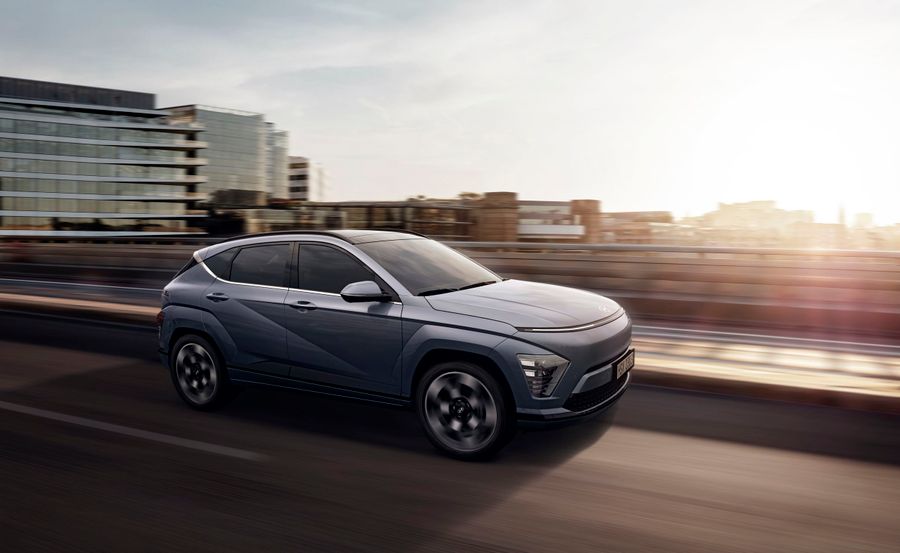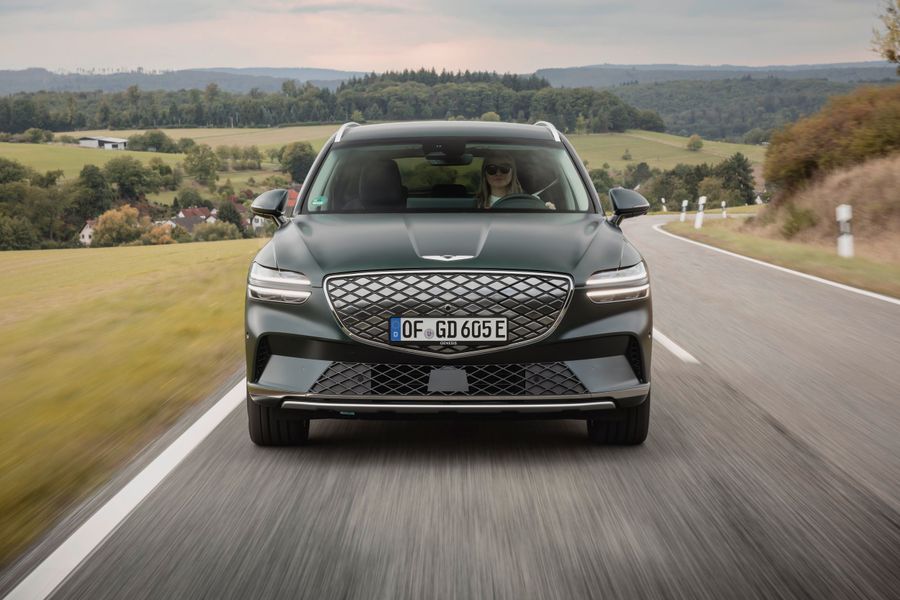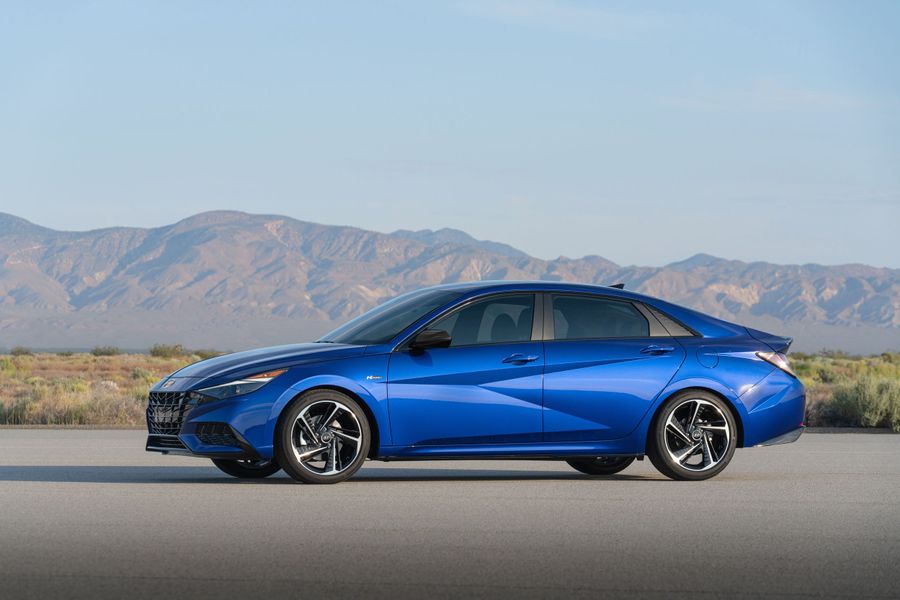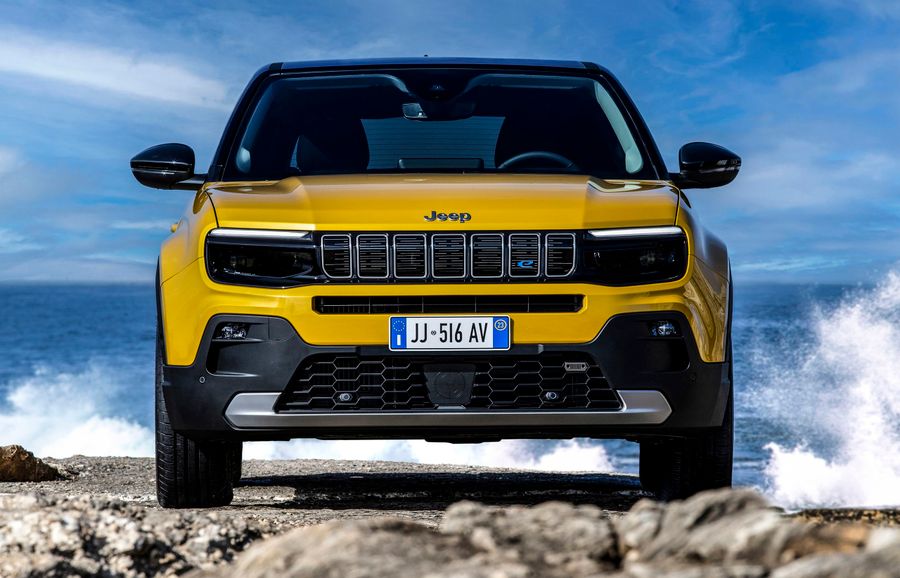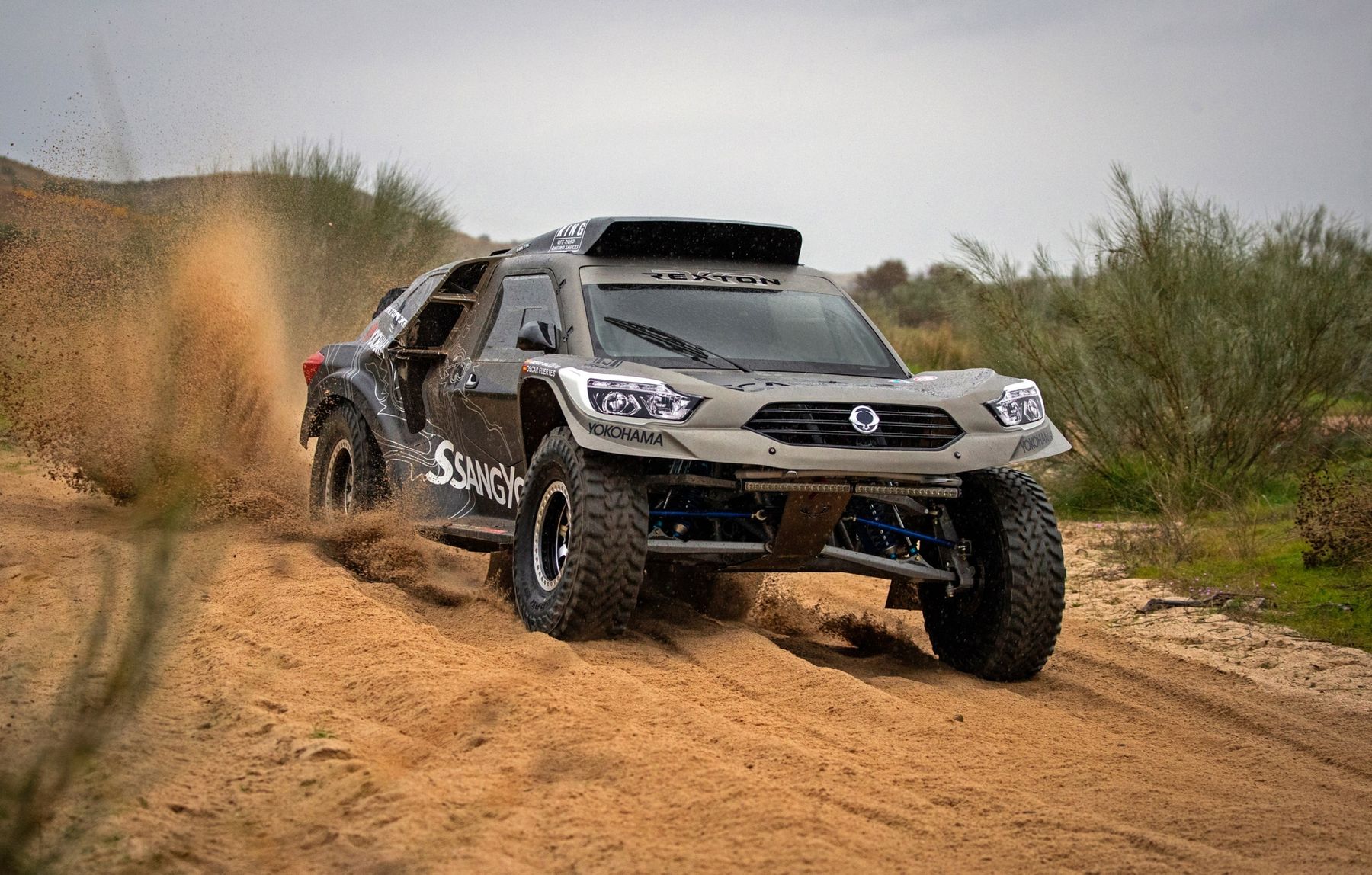
SsangYong. Power of two dragons
SsangYong Motor Company is the third-largest car manufacturer in South Korea, after Hyundai and KIA. The name SsangYong is Korean for ‘two dragons’. The word Ssang is literally translated as a pair. Maybe these cars have dragon powers instead of horsepowers, under the hood :) The oldest Korean manufacturer, SsangYong, has firmly dominated in the segment of SUV, offering serious filling for a relatively low price. Today, the company has become one of the most recognizable Korean brands with assembly factories almost everywhere in the world.
SsangYong brand belonged to different companies throughout its existence. But here’s the most unexpected thing… from 2010 until now it’s owned by the Indian Mahindra & Mahindra Corporation, an automotive division of the Mahindra Group, an Indian industrial holding. Possibly, it offered the biggest price…) Right after it has come under the wing of the Indian company, there was another milestone ever of SsangYong. The company switched from the production of SUVs to the production of crossovers, which are much more in demand in today’s market.
The very beginning
It all began in 1954 with the Ha Dong-hwan Motor Company, which produced military off-road vehicles for the US Army. They were followed by trucks, buses, and even ambulances for South Korea. The first vehicles did not even have a brand logo. They had no indication marks but a serial number and a white 5-point star on the hood. And only in the early ‘60s two dragons appeared and became the official logo of the brand. A dragon is a symbol of strength, protection, and prosperity. SsangYong has not just one but two dragons :)
In 1977, the company changed its name to Dong-A Motor. But it still did not produce passenger cars. And only in 1986, production of the first Korando SUVs began, and the company changed its name to SsangYong. At the same time, the company’s logo was changed to a modern one.
Korea can do!
Korea Can Do! And they really can do. That’s what Korando, the Car of the Year of 2001, a compact SUV from SsangYong, whose name is a short form of “KORea cAN DO”, convinces us. By the way, Korando is listed in the Guinness’ Book of Records as the longest-living car name.
Korando was the first SsangYong passenger car, and its origin goes back to the legendary military Jeep Wrangler. This model was produced for the army, and only afterward it became available to civilians under the name Korando K4. This car was very similar to the American Jeep Wrangler, had a frame design and was equipped with conventional suspension with laminated leaf springs and an atmospheric 2.2-L and 68-hp diesel engine. The next generation was a 5-door Korando Family, based on Isuzu Trooper.
Korando is listed in the Guinness’ Book of Records as the longest-living car name.
In 2 years after the release of Corando, SsangYong Motor became self-sustainable enough to acquire the British car manufacturer Panther. And the whole 3 years Panther SsangYong division produced excellent 2-seat Panther Kallistal roadsters. It was a real highlight in the company timeline and profitable investment. At the same time, in 1988, SsangYong began selling Korando Family cars licensed by the Japanese Isuzu company.
In 1991, the Korean company has entered a strategic joint venture with the German Mercedes-Benz AG. The main purpose of this joint venture was the opportunity to produce modern commercial vehicles and engines. But for most customers, it was the relationship with Mercedes that was the most important argument to buy SsangYong cars. Therefore, showroom agents used the name of the German manufacturer almost in every offer! Perfect publicity gimmick! But not only this :) One of the results of cooperation between SsangYong and Mercedes was SsangYong Musso – a medium-size off-road vehicle produced in 1993. It was equipped with an engine produced licensed by Mercedes-Benz. Mercedes is a synonym for reliability! According to SsangYong, this 3.2-L gasoline engine was able to pass 1M km without major repairs! The 4-speed automatic gearbox, a very reliable Musso, was from Mercedes-Benz as well. This model was awarded at Auto Design Award for its stylish European look.
In 1997, SsangYong represented a large sedan Chairman. This car was very much reminiscent of Mercedes-Benz S-class, however is a bit outdated, Mercedes-Benz W124 :) And it was another result of cooperation between Koreans and Germans. Afterward, in no time, another major Korean automotive company – Daewoo Motors – took over SsangYong. But SsangYong has seen no real advantage of its cooperation with Daewoo in 3 years of such cooperation. In 2001, the very Korando was named Car of the Year.
In 2004, SsangYong was acquired by China’s largest carmaker - SAIC Motor Corporation Limited, which decided to establish the production of SsangYong off-road vehicles. The Koreans did not fail! SsangYong has confirmed its reputation as a developer of good off-road vehicles. The range of cars of the company included Rexton, Kyron, Actyon, and Actyon Sports. It’s interesting, but all these cars were based on the frame design. In 2002, SsangYong Musso Sports – multifunctional off-road pickup truck – was presented. In the same year, the company established its own technology center in China. But the cooperation with the Germans was not forgotten either. In 2003, the Rexton SsangYong model was presented - an off-road truck based on Mercedes-Benz M-Class (W 163) and produced licensed by Mercedes-Benz. In 2005, the company has released two completely new models - Kyron and Actyon.
Well, under the wing of the Indian Mahindra & Mahindra was taken an ambitious course in the market of small urban soft-roaders. This extremely competitive, chock-full B-class crossover market has already been populated by such affordable and interesting MINI soft-roaders as Nissan Juke, Peugeot 2008, and Renault Captur. And SsangYong has also released its rookie Tivoli here… Under the Tivoli project, a completely new platform with a supporting bodywork was created, gasoline and 1.6-L diesel engines were specially developed. And there is the 4WD modification, with the great off-road reputation of SsangYong, and there is Tivoli with a cheaper, but also more cost-efficient, front-drive option. And also customers have been offered to choose between a 6-speed mechanical gearbox and AISIN variator used to equip MINI cars, which has made a lineup of modifications of Tivoli one of the widest in a segment.
Most buyers consider the alliance with Mercedes the most important argument when buying SsangYong.
In 2010, the legendary Corando was also updated. It has lost its frame and serious jeep-type transmission since its time has gone. By the way, it was designed by Giorgetto Giuggiaro from Italdesign himself. The plan was absolutely correct! SsangYong received a modern and stylish crossover, which looked great not only against the competitors but also stood out of the entire model range. In virtue of the interesting design, the new Korando managed to attract so much attention at once. Well, in 2018, SsangYong Motor Company officially introduced the updated off-road MINI van Korando Turismo.
Do you believe now that Korea can do it!? :) Nowadays, SsangYong cars feel really confident in the market of compact crossovers and SUVs, and this is despite the fact that contest in these classes is more than just tough.


